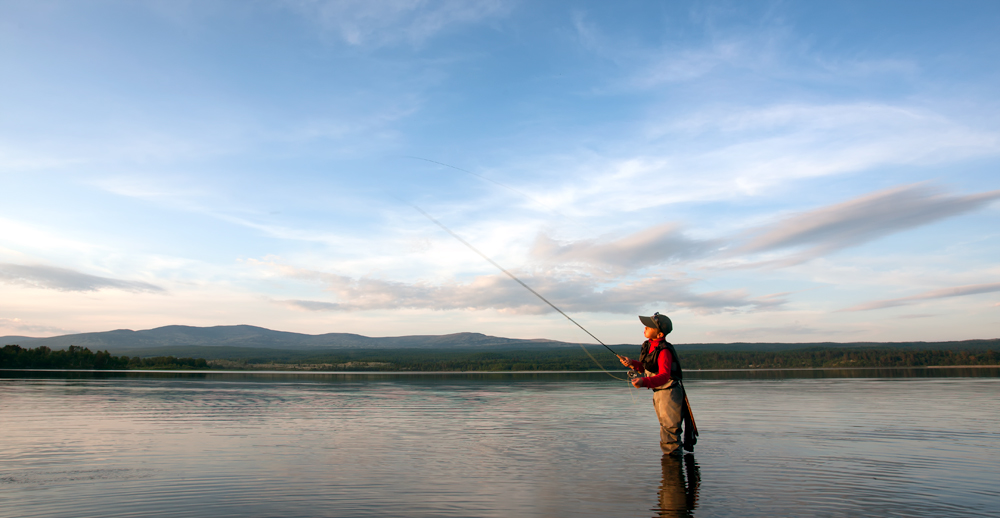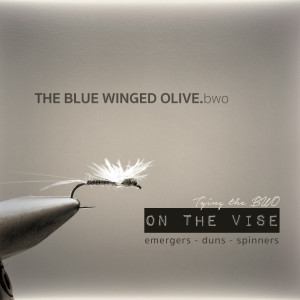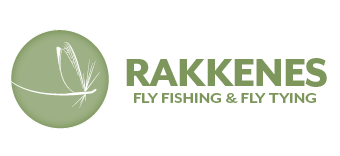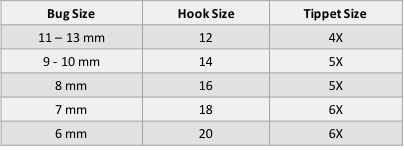
Next to the midge, the Blue Winged Olives (The Ephemerella Ignita, Aurivilli and Mucronata) are probably the most important bug that fish feed on. No doubt, tying them is part of the fun. Having the right imitation in your box is key to a successful season at the river on those warm summer hatches.
NOTE: Some also include the Baetidae in the group of Blue Winged Olives. Even though it really does not matter to the fly fishers, the original definition of the BWO only include the Ephemerella family of mayflies. However – for practical purposes you might include the Baetidaes when thinking about and tying them.
After having restored the equipment after a hectic season, it’s time to plan for the next. As always I start by reviewing how my patterns did during the BWO hatches this season. Then I start making necessary modifications for the BWO fly box that I plan to use the next season. But all new seasons are blessed with new flies. Therefore, a new season always brings a new pattern on the test bench.
This winter I have decided to share my experiences and started building this site. Many of you will agree on my approach to fly tying, but I guess some of you will have your own views that partially or totally conflicts with my religion. But that’s all good! Fly tying is interesting only because there are different approaches that work.
Five articles on the BWO
In the following days, I will write articles to sum up my view on fishing the olives. In the English language they are known as the BWOs. Although not entirely correct, in my language they are better known as mayflies from the Baetidae family. So when you read the articles, I will usually refer to the Baetidaes, even if the BWO definition is wider and covers more than the Baetidae family.
When tying the mayflies, and especially the BWOs, we are dealing with small bugs – usually from 6 to 14 mm, or hook sizes 12 to 20. Most of my BWO fishing is done in hook sizes 14-18.
On small flies, you’ll have to be careful in your selection of triggers. At least if you believe in a minimalistic approach to fly tying. In my world it is more fun to catch a difficult trout on an underdressed fly, than on a bug that looks like a carnival. Remember that you’re tying for the fish, not to please your eye. Good fishing flies are rarely eye candy.
Writing about fly tying and fly fishing forces you to be systematic about what works and what doesn’t. So the rakkenes.com project has the side effect that I’m now aware that I do follow certain principles in my fly tying. These have been with me for years, and they work.
Five principles for tying effective BWOs
Abdomen (body) is first: A well tied body is the primary trigger. The fly should float in such a way that most of the body print is visible to the fish. Tapering is key to success, meaning any decent BWO should taper like a cigar.
The Wing is second: One of the two most important triggers. Wing and body are in a league of their own, when it comes to triggering the fish to a take. It is important that you don’t overdo the wing. It must have the right size and approximately the right profile. Be careful – use as little material as you can. Use polywing material for days with high humidity, and CdC or deer hair in all other situations.
Size is third: Normally fish do not care, but if there is a hatch going on and fish are keyed in on a specific species it is important to match the size.
Color is fourth: Let me just be clear on this one. Although I on rate color as the fourth most important trigger, I love mixing dubbing to get the right color. I must admit though that I have never found a trout that is as picky on color mixes as I am. Be approximately right, and look under the body of the mayfly, and you will find a color in your box that’s fairly ok. The only general advice I’ll give here is to use more greyish blends than you’ll find in the fly shops.
Tails are fifth: Not because they are triggers but only because they do an important job in stabilizing the fly. The only time the tails are important are when you tie a sparkle dun and use Antron or Z-lon as a trailing shuck. Split tails have only one (important function) and that is to stabilize the fly.
The importance of presentation
You can spend as much time as you want to on the vise, but a badly presented eye candy fly will never out fish an ugly but well presented alternative. Securing a drag free drift is not enough. Make shure the fly comes first, not the tippet or the leader. Minimize false casting, and use a long leader. Go as thin as you dare on the tippet.
In the following days, I will publish four articles that I hope will inspire you in your preparation for the coming BWO season (or the season that your in if you are on the southern hemisphere). I must underline that my experience is limited to my waters, but I do believe that most of these principles are universal and can be used wherever you fish for trout or grayling. Just adapt the color to match your hatch.
Articles to be published
 The articles to be published will dive deeper into different topics of tying the the important Blue Wing Olives. The first article on the emerger is almost done, and will be available on 31. December. It will cover the basic principles of the emerger, but probably also some alternative views on approaching the emergent state of the BWOs.
The articles to be published will dive deeper into different topics of tying the the important Blue Wing Olives. The first article on the emerger is almost done, and will be available on 31. December. It will cover the basic principles of the emerger, but probably also some alternative views on approaching the emergent state of the BWOs.
- The all important Blue Winged Olives (this article)
- Tying BWO Emergers
- Five Principles for tying a BWO Dun
- The BWO Spinner




Hi
I have corrected an error in the table on bug/hook sizes. Thanks for letting me know!
Kjell